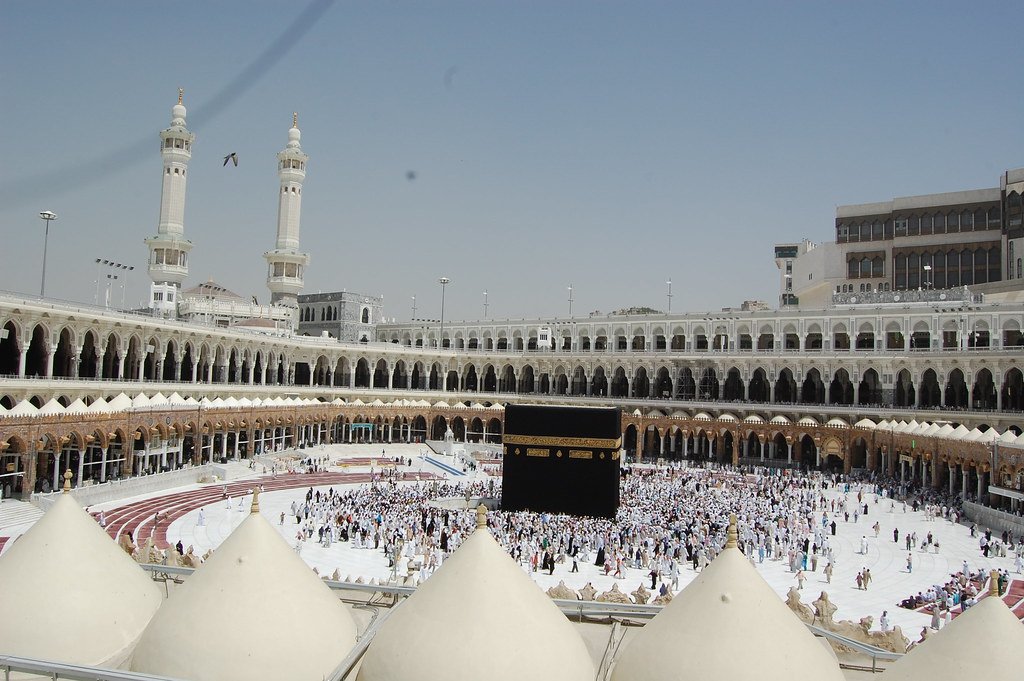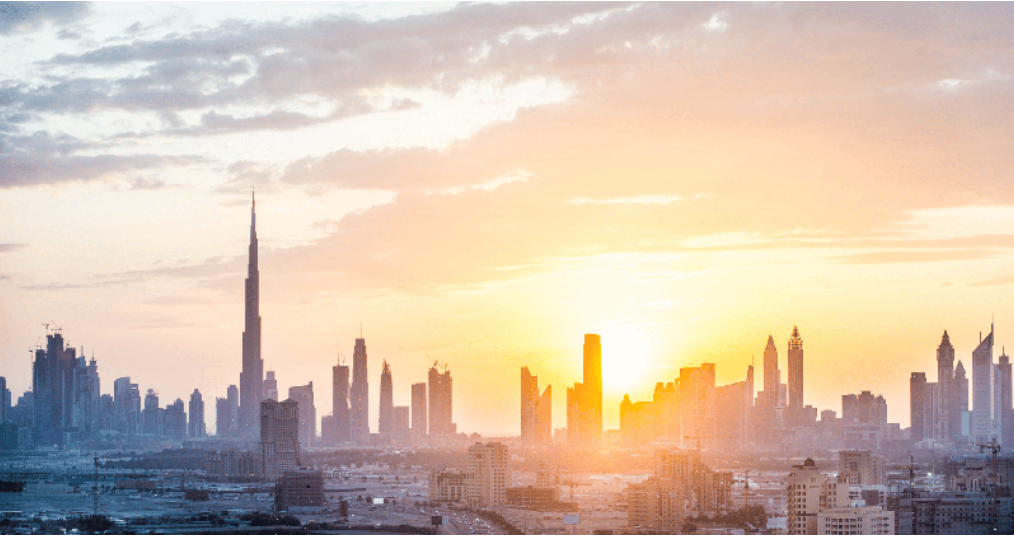Saudi Arabia’s Vision 2030 places a strong emphasis on transforming the country’s tourism strategy and hospitality sectors into key economic drivers. In this ambitious plan, the Kingdom intends to convert its hospitality into one of the prime economic drivers. With 320,000 keys expected by 2030, Saudi Arabia is primed to lead the hospitality growth pole for the GCC countries.
This comes in line with extended efforts aimed at developing the country’s tourism infrastructure and places the Kingdom in a competitive position among world tourist destinations. The initiative has also been facilitated through specially designed Ummrah packages meant for the millions of pilgrims who visit every year. In this article, we have highlighted the Saudi Arabian 2030 tourism strategy.
Expanding Infrastructure Related to Tourism
The current long-term vision of Saudi Arabia is that, through huge investments in tourism infrastructure, it will feature among the leading countries as far as tourism is concerned in the world. The government has embarked on an estimated investment of about 800 billion dollars in building 500,000 hotel rooms that shall accommodate the multiplying tourists in the ensuing years. Furthermore, Saudi Arabia is working on renewing its airports and creating a new flag carrier to improve connectivity and open up the country to more international tourists.
Other mega-tourism projects currently underway include NEOM, The Red Sea Project, and AlUla; each with its unique sights, from cultural heritage sites to luxury resorts and nature reserves, hence allowing the country to welcome tourists of all tastes and preferences. It aims to greet a total of 150 million visitors every year by 2030, far higher in the world’s tourism rankings.
International Accessibility Promotion
Saudi Arabia is committed to becoming more tourist-friendly, especially to international visitors. Further relaxing its rules for e-visas, Saudi Arabia has given the chance for its citizens to get visas with much more ease in 66 countries. This development is all part of a broader strategy in the drive to make things easier when traveling and to expose the Kingdom to outsiders as a very friendly nation. Next to visa reforms, Saudi Arabia also is considered one of the safest countries in the Middle East, and that in itself is an added advantage for boosting tourism.
It is to ensure that training for a skilled workforce is implemented through its partnership with several educational institutions to ensure its services within the hospitality and tourism sectors reach world-class quality and give good experiences to the tourists visiting the state. These steps emphasize Saudi Arabia’s aim of transforming itself into one of the most important tourist destinations in the world by 2030
Diversifying the Economy Through Tourism Strategy
The Saudi Arabian tourism strategy, as identified in Vision 2030, focuses on the diversification of the country’s economy by reducing dependence on oil revenues and enhancing non-oil sectors. The government has committed to establishing tourism strategy as a principal driver of the economy by developing a spate of major projects across the nation. These include the development of heritage sites such as AlUla and the transformation of the Red Sea coastline into a luxury tourist destination. The country also focuses on establishing entertainment activities, including theme parks and events that display its culture, to attract international visitors and improve tourism revenues.
Sustainability in Tourism Development
The principle of a holistic approach toward sustainable practices has been one of the core elements of the Saudi Arabian tourism strategy. Guided by an awareness of growing international trends to go green in travel, Saudi Arabia embeds sustainability into its tourism projects, embracing green technologies in hotel construction and conserving natural landscapes and wildlife. There are efforts to ensure that tourism is responsible and that the country’s natural and cultural heritage is conserved for future generations. For example, the development project on the Red Sea aims at attaining a perfect balance between luxury and the conservation of the environment, hence setting a new pace in terms of sustainable tourism strategy within the region.
Economic Impact and Job Creation
Tourism strategy by 2030, is bound to give Saudi Arabia’s economy a major fillip, with billions of dollars in revenues and over a million new jobs created. Not only does such economic growth further strengthen the economy but also enhances the image of Saudi Arabia as a global tourist destination. Investments in tourism are targeted at evoking job creation in several sectors, including hospitality, transportation, and retail, thus making tourism strategy a backbone of the country’s wide-ranging economic transformation processes.
Visit nytimer to read more informative blogs.




